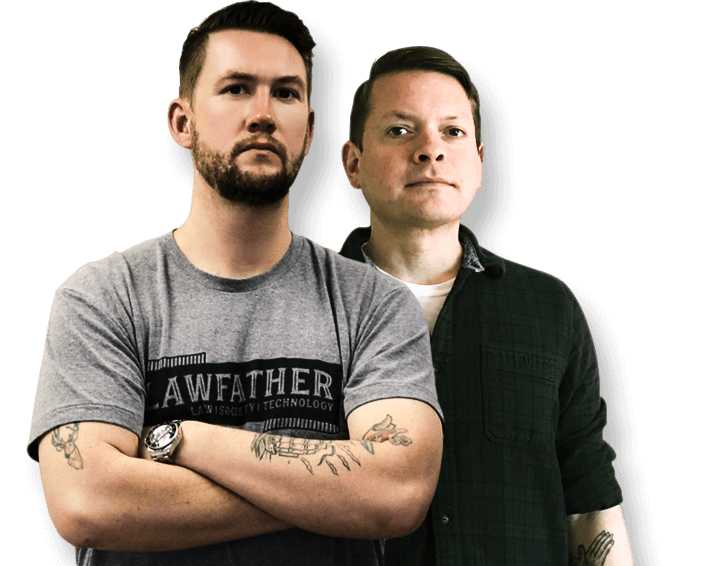 So, you’ve had a look around our website a bit. Taken in the home page, perhaps scrolled to see what all we offer on that front page. Perhaps from there you clicked on our Services tab and looked at the different areas we offer services. At some point you migrated over to our blog, where you’re probably reading a preview of this post. Chances are, you’ve already made a determination on your opinion of what we offer. More than likely, a big portion of that happened unconsciously, simply because of the colors we use on our site. CLICK HERE FOR AN EXCLUSIVE WEB DESIGN OFFER!
So, you’ve had a look around our website a bit. Taken in the home page, perhaps scrolled to see what all we offer on that front page. Perhaps from there you clicked on our Services tab and looked at the different areas we offer services. At some point you migrated over to our blog, where you’re probably reading a preview of this post. Chances are, you’ve already made a determination on your opinion of what we offer. More than likely, a big portion of that happened unconsciously, simply because of the colors we use on our site. CLICK HERE FOR AN EXCLUSIVE WEB DESIGN OFFER!
Color Psychology
That is called color psychology, and utilizing it effectively can help you convert browsers into clients. However, capitalizing on that psychology can be tricky, as many factors need to be taken into account. Age, gender, race, all play into color psychology, making it important to base your sites color scheme around your firms client demographics.
But what colors should you choose? Jeremy Smith, a conversion consultant, swears by color psychology, recommending it to his clients. Let’s look at some examples of it in action to see how major companies are using psychology on us every day.
Looking at some of the largest consumer financial institutions, one common theme will jump out. They like their blue. PayPal has a palate based around blue, and Chase bank uses blue as their primary color. Why? Because blue suggests transparency and honesty.
 Get a credit card with most financial institutions and you’ll hear about their top-tier card, with extremely high limits or no limits at all. Typically that card is referred to as black, or some version of the color, and is often black in color. This is because black suggest luxury or exclusivity.
Get a credit card with most financial institutions and you’ll hear about their top-tier card, with extremely high limits or no limits at all. Typically that card is referred to as black, or some version of the color, and is often black in color. This is because black suggest luxury or exclusivity.
Another great color to use is green. Most are aware that green is associated with ecology and nature, that too is color psychology, but it also can be used to trigger a call to action. If you were to make a contact form with a gray submit button and one with a green submit button, for instance, you’re likely to get more responses from the form with the green button.
Men and women see things differently, and are moved to action by different colors. For women, blue is a great color to use as you can see on such sites as Oprah’s website. You’ll also see a lot of purple on her site, another color that rings well with women.
For men, black is a great color to go with. An example of it in use is Men’s Journal, which features a black heavily in image framing.
Both men and women respond well in general to blues and greens, making them a common theme for successful sites capitalizing on color psychology. A perfect example of this would be Facebook, which features lots of blue which not only agrees with both men and women, but also alludes to their openness.
But certainly getting conversions isn’t just limited to color, right? Content also is important, but for different reasons.
Importance of Quality Content
Google somewhat recently changed their search algorithm, the process used to determine how high a site ranks in a given search. It threw most of its old process out the window, when getting a high search ranking could be achieved by little more than back linking and 300 to 600 word pieces of content.
It now takes greater look into the quality of the sites you link, the quality of the sites that link to you, and the quality of content you have on your site. Length and keyword stuffing matters considerably less. Instead, high rankings can be achieved through quality content, written with care by someone who knows what they’re doing.
How the Two Combine to Create an Effective Site
 A great website marketing strategy combines both color psychology and content. Content is used as bait, to get the potential client to your site, as well as educate them once they’re there and decided they are interested in what you’re offering.
A great website marketing strategy combines both color psychology and content. Content is used as bait, to get the potential client to your site, as well as educate them once they’re there and decided they are interested in what you’re offering.
Making that determination as to whether they’re interested or not is where color psychology comes into play. After they’ve arrived from the search results, the color scheme goes to work on their brain helping them, in 90 seconds or less, determine if they’ll be sticking around or going back to find someone else.
To find out how to put these two to use for your firm to help increase your client list and bring more business in, check out our law firm website design page for exclusive pricing and turnaround times. We’ll help you get your site working better for you.
LAWFATHER BUILDS FIRMS
Contact LawFather

